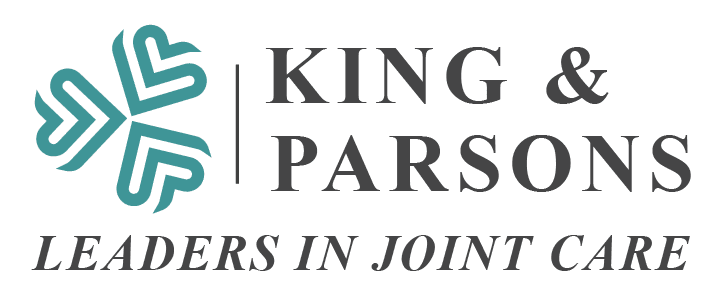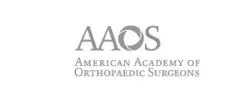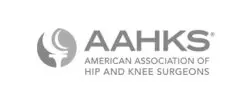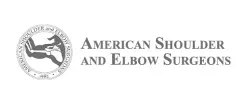The study retrospectively reviewed 1593 shoulders undergoing primary anatomic total shoulder arthroplasty (aTSA) and defined score-specific estimates of the percentage maximal possible improvement (%MPI) thresholds associated with substantial clinical improvement, finding considerable variation in %MPI corresponding to substantial clinical improvement for different outcome scores and recommending the use of score-specific estimates of the substantial clinically important %MPI (SCI-%MPI) to assess success in patients undergoing primary aTSA.
Background: Percentage maximal possible improvement (%MPI) has been described as a threshold by which to evaluate patient improvement after anatomic total shoulder arthroplasty (aTSA) that has favorable psychometric properties. The primary purpose of this study was to define the percentage maximal possible improvement (%MPI) thresholds associated with substantial clinical improvement following primary anatomic total shoulder arthroplasty (aTSA) and compare the rates of success as defined by those achieving the substantial clinical benefit (SCB) compared with the 30% MPI for different outcome scores.
Methods: A retrospective review was performed of an international shoulder arthroplasty database between 2003 and 2020. All primary aTSAs performed using a single implant system with minimum 2-year follow-up were reviewed. Pre- and postoperative outcome scores were evaluated for all patients to calculate improvement. Six outcome scores were assessed: the Simple Shoulder Test (SST), Constant, American Shoulder and Elbow Surgeons Standardized Shoulder Assessment Form (ASES), University of California-Los Angeles shoulder score (UCLA), Shoulder Pain and Disability Index (SPADI), and Shoulder Arthroplasty Smart (SAS) scores. The proportion of patients achieving the SCB and 30% MPI were determined for each outcome score. Thresholds for the substantial clinically important %MPI (SCI-%MPI) were calculated using an anchor-based method for each outcome score and stratified by age and sex.
Results: A total of 1593 shoulders with a mean follow-up of 59.3 months were included. Outcome scores with known ceiling effects (SST, ASES, UCLA) had higher rates of patients achieving the 30% MPI but not the previously reported SCB compared to scores without ceiling effects (Constant, SAS). The SCI-%MPI differed among outcome scores, and mean values were as follows: 48% for the SST, 39% for the Constant score, 53% for the ASES score, 55% for the UCLA score, 50% for the SPADI score, and 42% for the SAS score. The SCI-%MPI increased in patients older than 60 years (P ≤ .006 for all) and was greater in females for all scores assessed except the Constant score (P < .001 for all), meaning that patients with higher thresholds required a greater fraction of the maximum possible improvement for a given score to have substantial improvement.
Conclusion: The %MPI judged relative to patient-reported substantial clinical improvement offers a new method to assess improvements across patient outcome scores. Given considerable variation in the %MPI corresponding to substantial clinical improvement, we recommend utilizing score-specific estimates of the SCI-%MPI to gauge success when evaluating patients undergoing primary aTSA.
Check out the full study here.
To learn more about Dr. Moby Parsons, visit.















